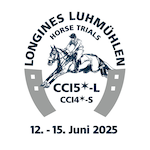Cross Country Fences Longines CCI5*-L
1 Auftakt der Sparkasse Harburg-Buxtehude
1 Auftakt der Sparkasse Harburg-Buxtehude
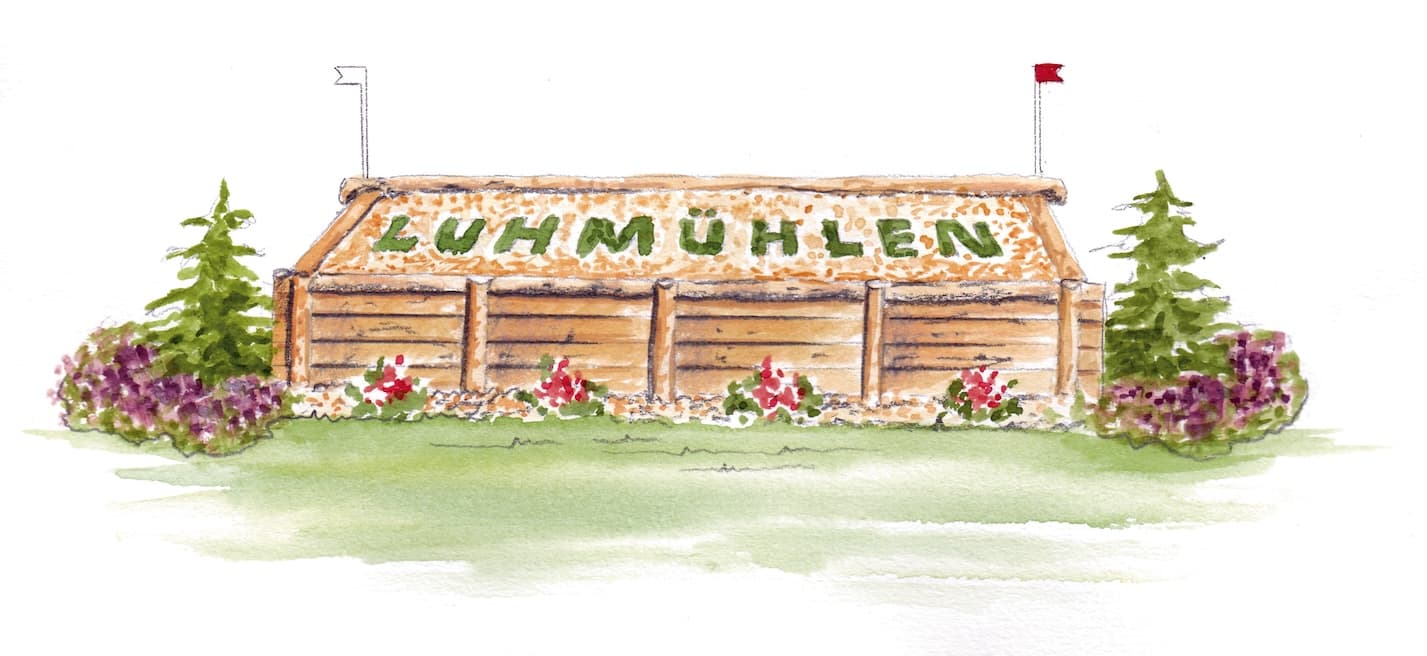
The three early fences Auftakt der Sparkasse Harburg-Buxtehude (1), Willke Tisch (2), and the Busch Oxer (3), are up to height and spread and, as always, are there to settle any nerves (horse and rider) and allow them to get into a good, confident rhythm with the horses jumping in a good shape.
2 Willke-Tisch
2 Willke-Tisch
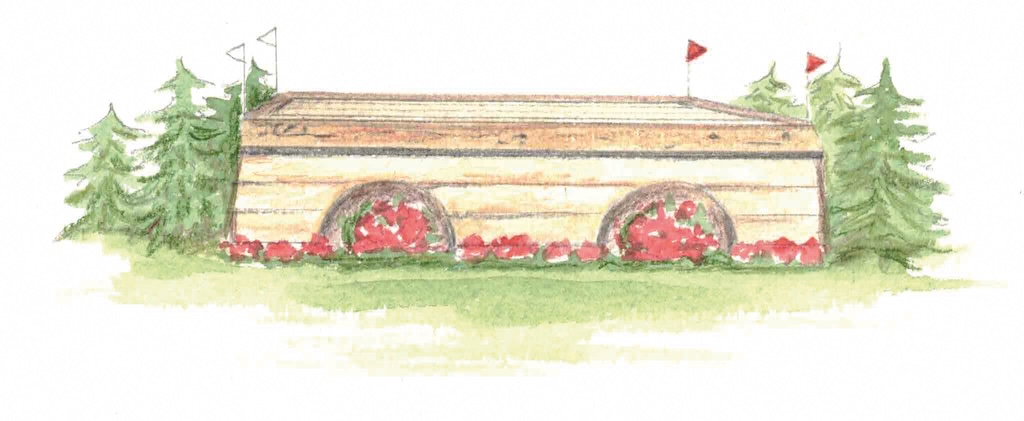
The three early fences Auftakt der Sparkasse Harburg-Buxtehude (1), Willke Tisch (2), and the Busch Oxer (3), are up to height and spread and, as always, are there to settle any nerves (horse and rider) and allow them to get into a good, confident rhythm with the horses jumping in a good shape.
3 Busch-Oxer
3 Busch-Oxer
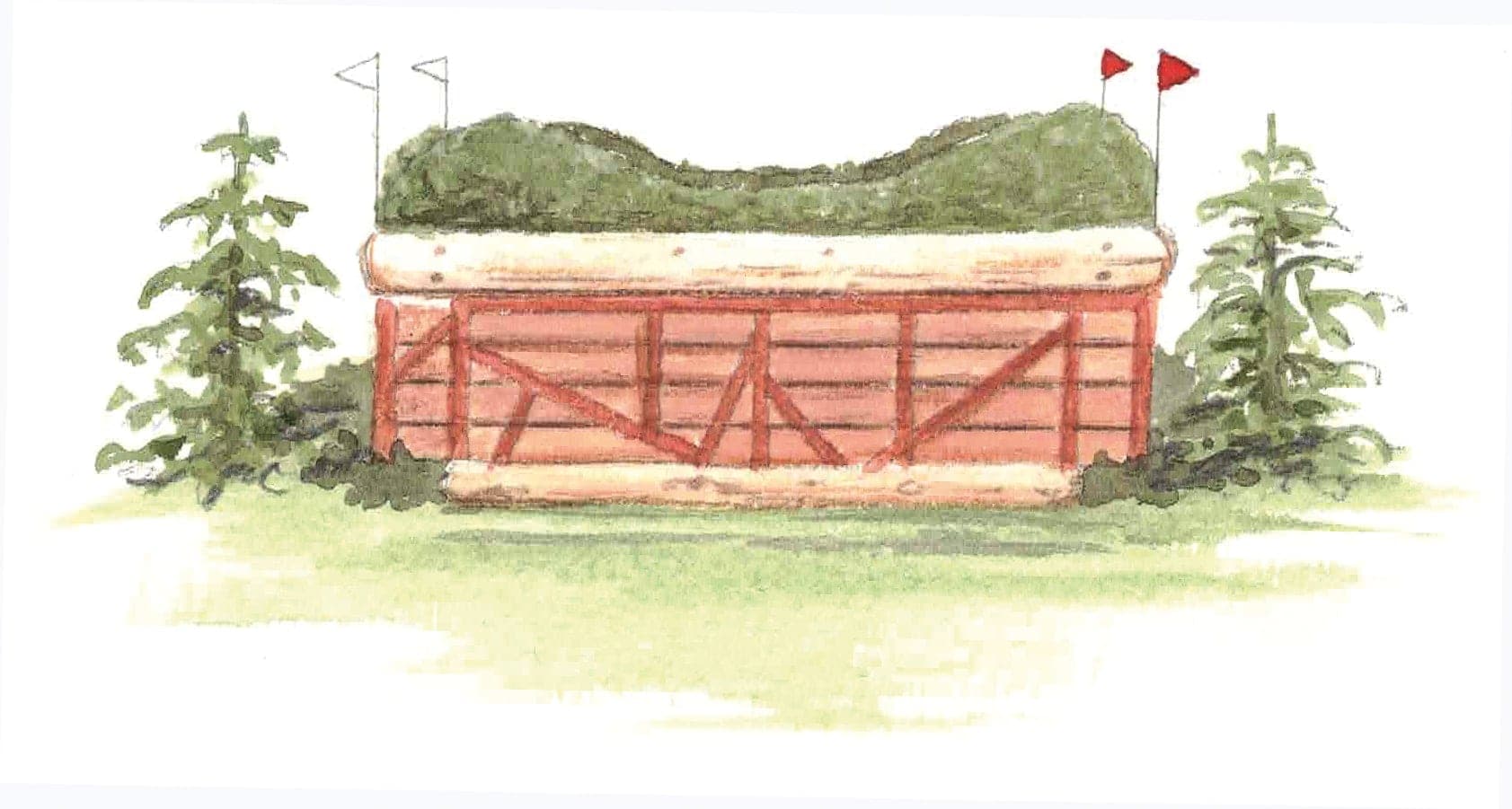
The three early fences Auftakt der Sparkasse Harburg-Buxtehude (1), Willke Tisch (2), and the Busch Oxer (3), are up to height and spread and, as always, are there to settle any nerves (horse and rider) and allow them to get into a good, confident rhythm with the horses jumping in a good shape.
4 5 Longines Wasser
4 5 Longines Wasser
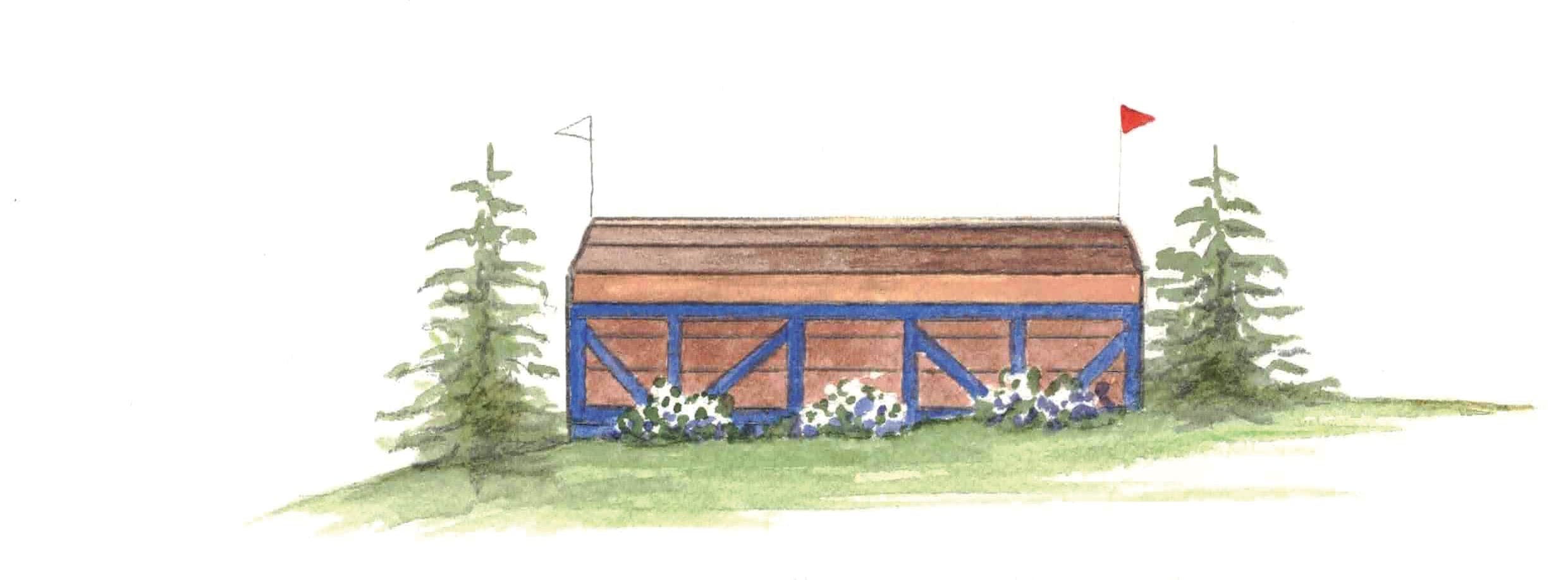
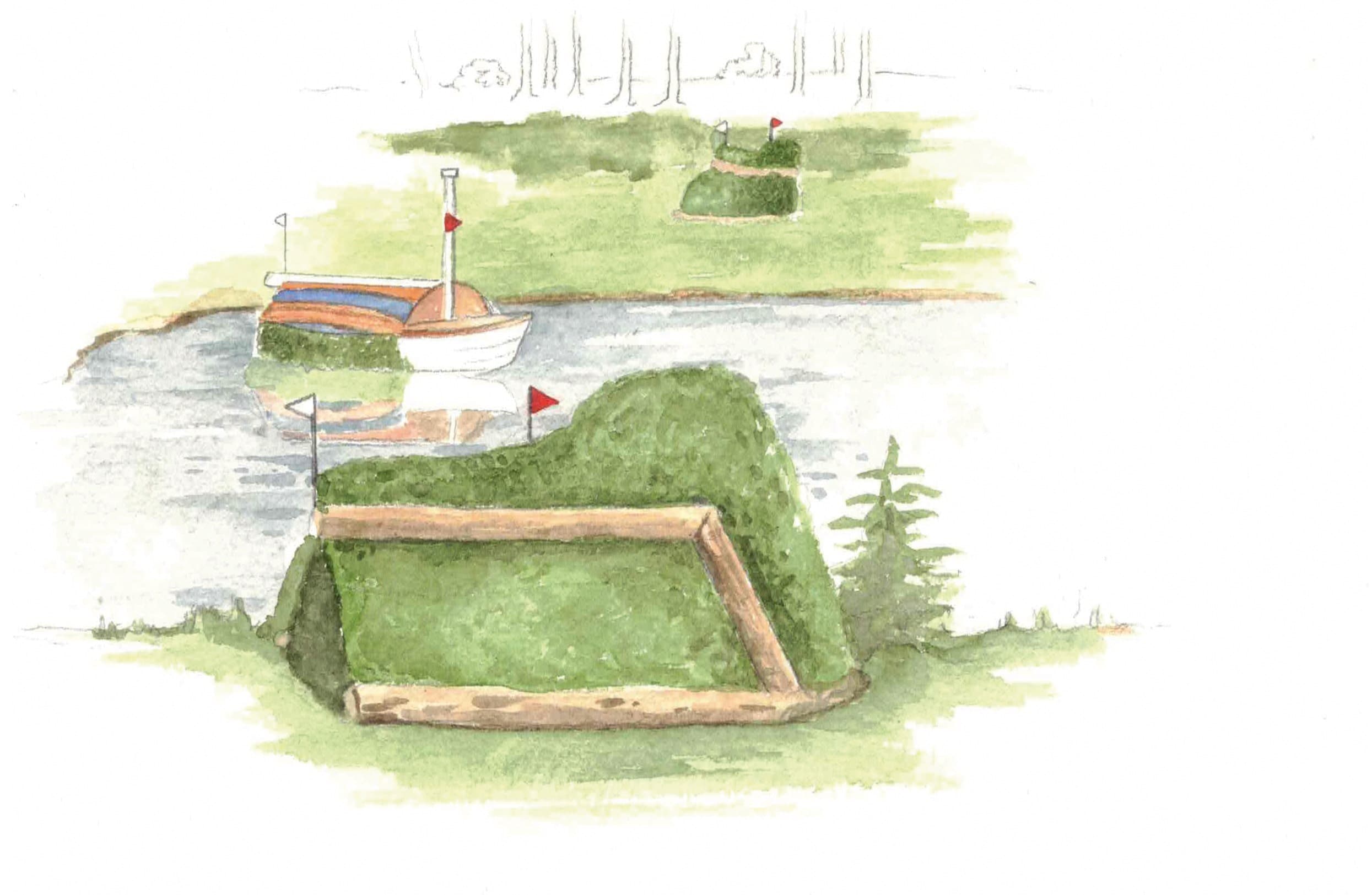
The Longines Wasser (4), (5abc), the first question on the course, comes early this year. The coop (4) has
quite a drop and will jump big before riders have to prepare for the brush into water with a near maximum drop (the maximum permitted drop is 2 meters and then curve on 4 or 5 strides to one of the boats followed by 3 strides to a curved brush at the top of the slope. Horses and riders need to be switched on by now, feeling confident and getting their line right or a run out (20 penalties) will be all too easy.
6 Equistro Holzstoß
6 Equistro Holzstoß

A bit of a breather as they head down the hill to the Equistro Holzstoß (6), a straightforward fence albeit at maximum height and spread, and then to the MIM-Ecke (7) behind the sponsor tent. The MIM system is a safety development in the sport introduced some 10 years ago which is designed to help reduce the possibility of a rotational fall. Should a horse hit the fence hard it will collapse (it can be quickly reset) and this will incur an automatic 11 penalties.
7 MIM-Ecke
7 MIM-Ecke
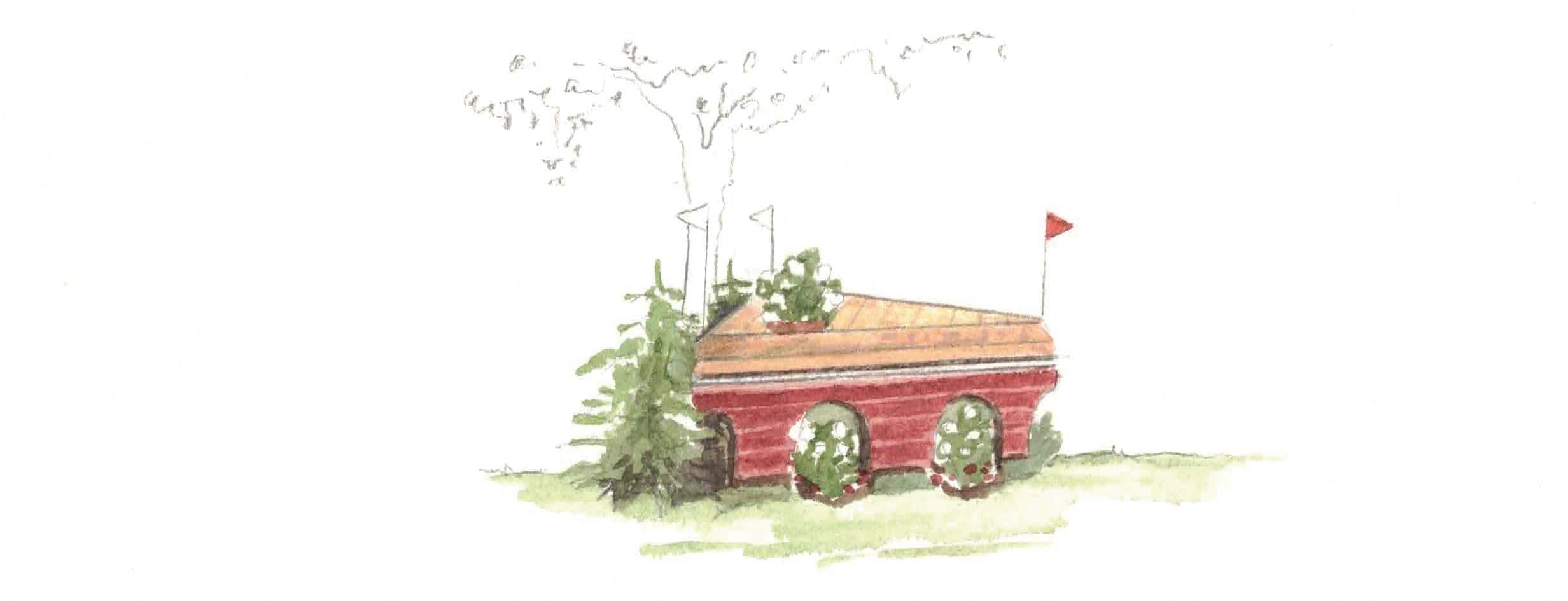
A bit of a breather as they head down the hill to the Equistro Holzstoß (6), a straightforward fence albeit at maximum height and spread, and then to the MIM-Ecke (7) behind the sponsor tent. The MIM system is a safety development in the sport introduced some 10 years ago which is designed to help reduce the possibility of a rotational fall. Should a horse hit the fence hard it will collapse (it can be quickly reset) and this will incur an automatic 11 penalties.
8 Longines Kombination
8 Longines Kombination
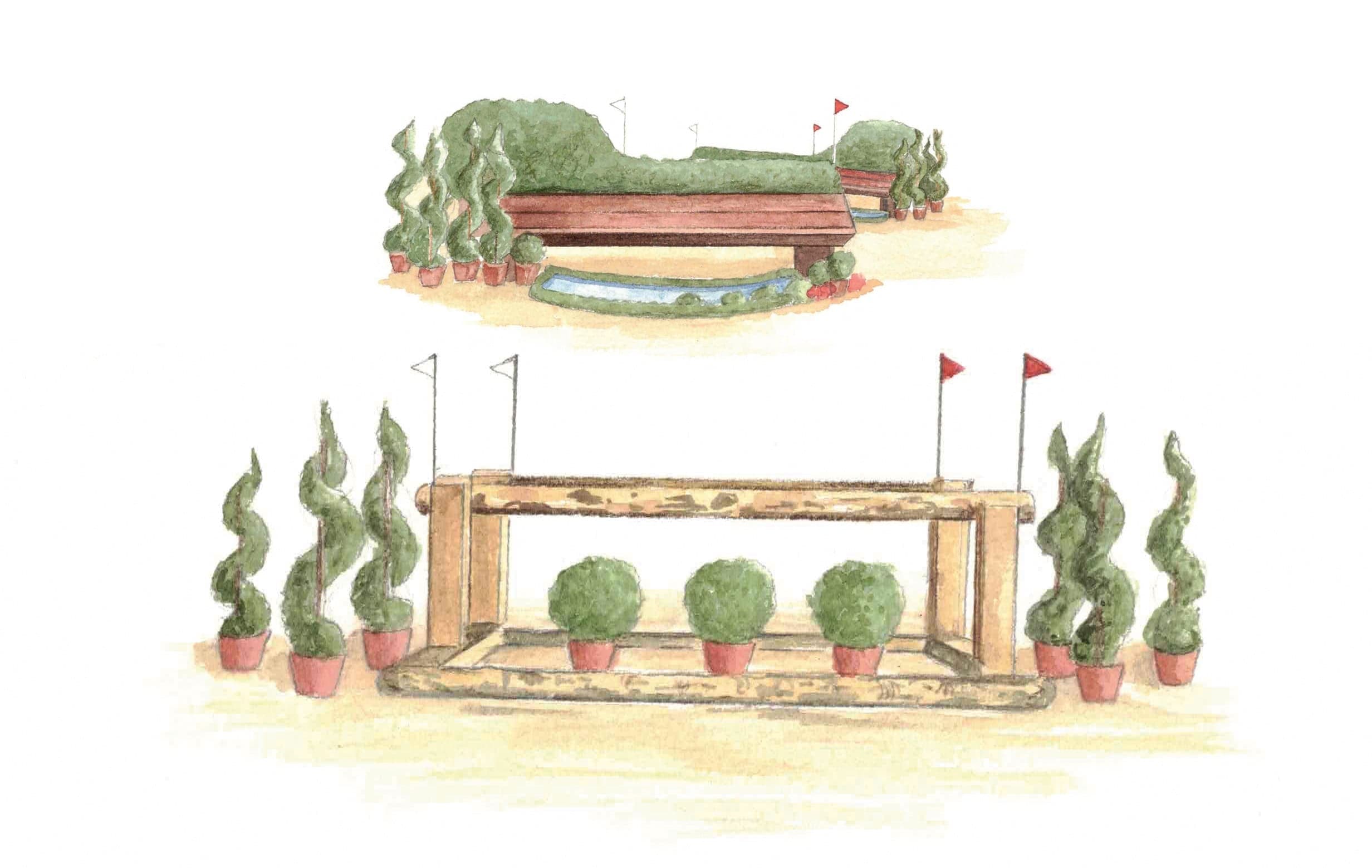
Into the main arena for the Longines Kombination (8abc), a maximum oxer (spread fence) followed by two angled brush fences on 1 stride. This is to look at the rider’s ability to set their horses up well and to be able to hold a line and to explore the horse’s honesty.
9 Gärtnerei Wrede's Rennbahnhecke
9 Gärtnerei Wrede's Rennbahnhecke
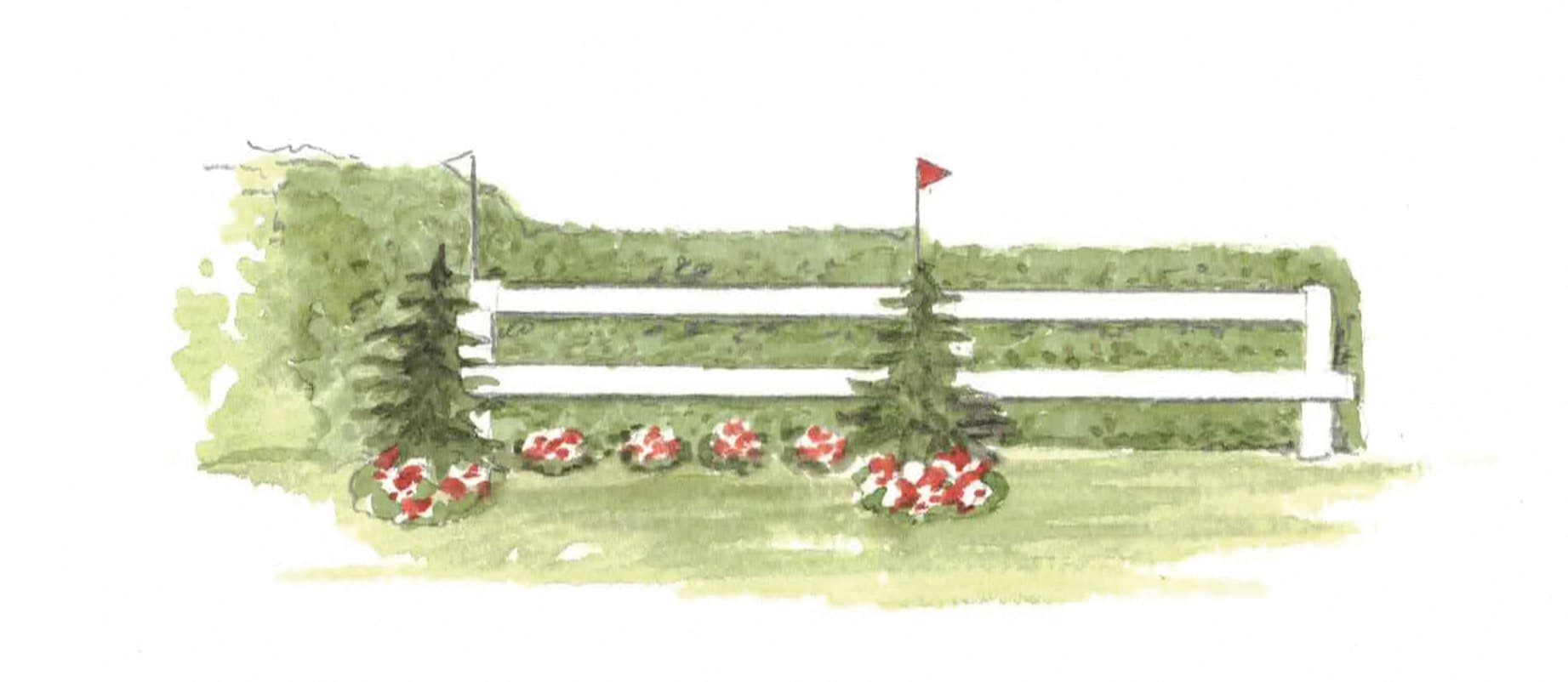
An old favourite comes next, the Gärtnerei Wrede’s Rennbahnhecke (9), straightforward although at maximum height for a brush fence (1.45m), before the two angled logs Holzkontor (10ab), which were in last year and should be ‘food and drink’ at this level.
10 Holzkontor
10 Holzkontor
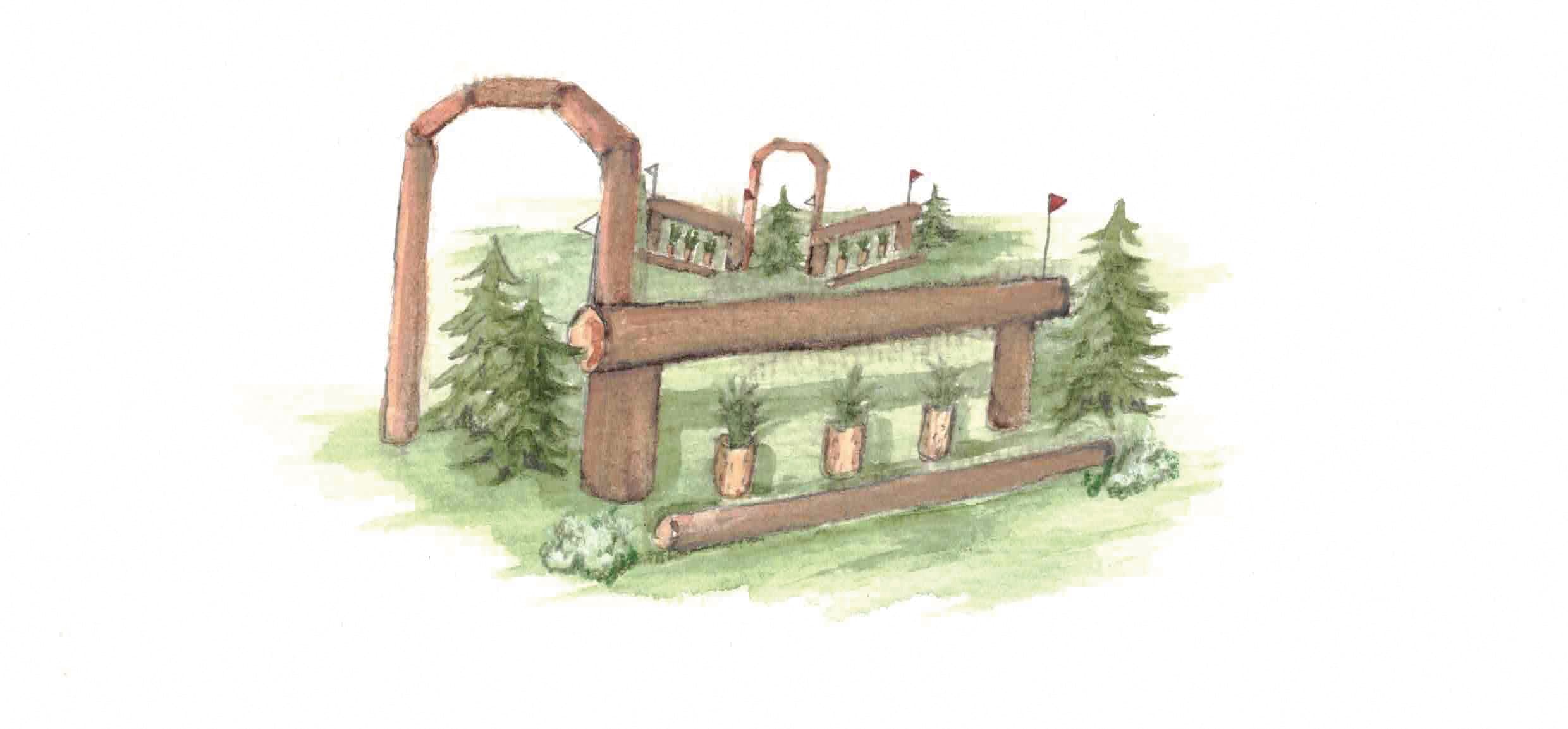
An old favourite comes next, the Gärtnerei Wrede’s Rennbahnhecke (9), straightforward although at maximum height for a brush fence (1.45m), before the two angled logs Holzkontor (10ab), which were in last year and should be ‘food and drink’ at this level.
